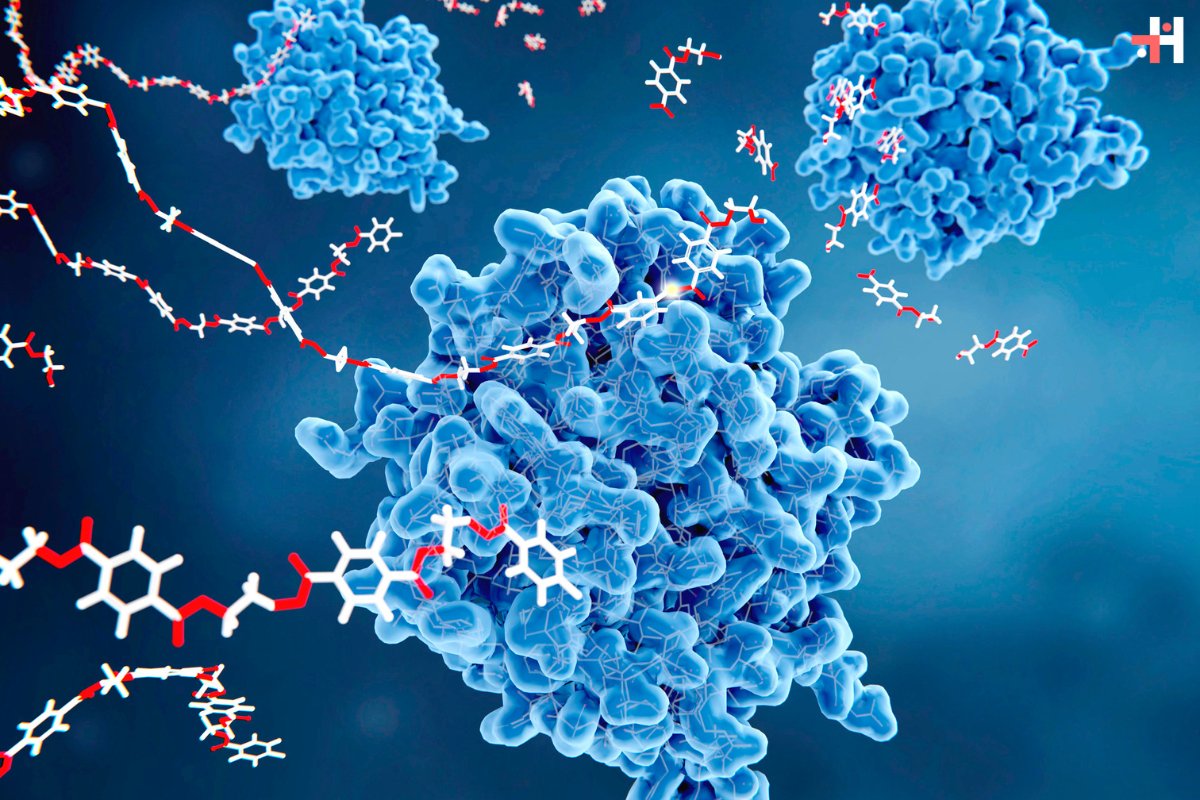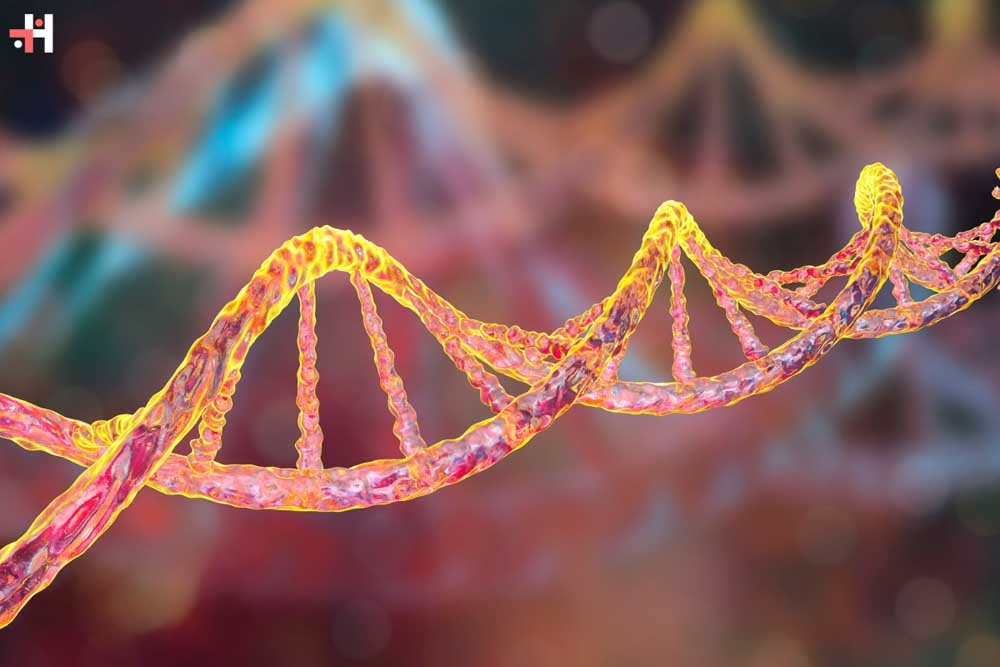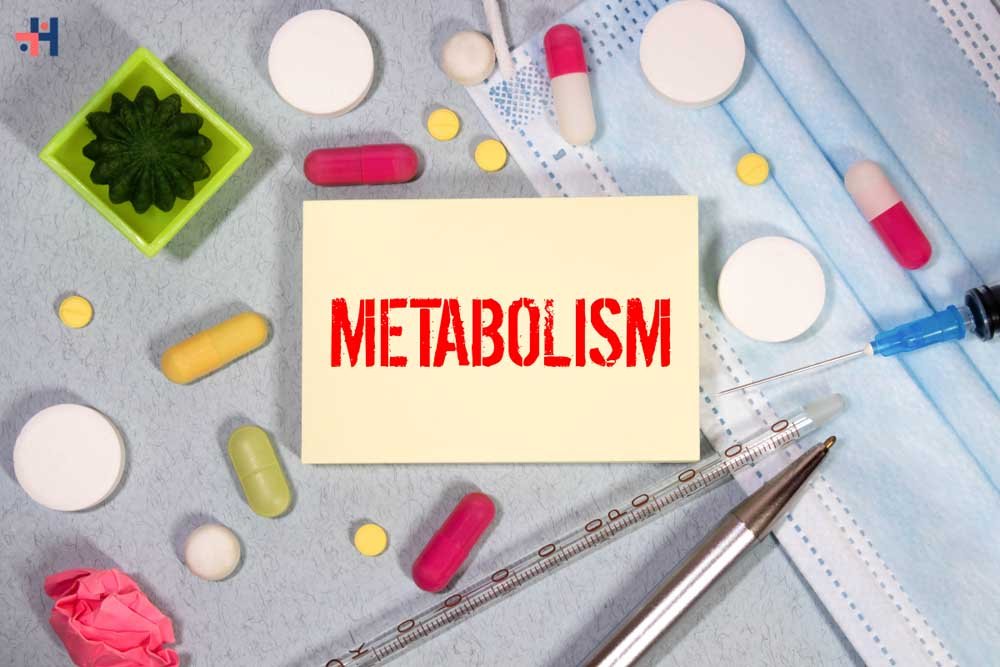Imagine your body as a bustling city, with millions of tiny factories constantly working together. These factories, called cells, need fuel and materials to keep everything running smoothly. That’s where metabolic pathways come in! They’re like intricate highway systems that transport the nutrients we eat and transform them into the energy our cells need, as well as the building blocks for everything from muscles to memories.
In this guide, we’ll unpack the fascinating world of metabolic pathways. We’ll explore how they fuel our bodies, build essential molecules, and even play a role in health and disease. So, get ready to ditch the scientific jargon and dive into a deeper understanding of how your amazing body works!
Biochemistry of Metabolic Pathways Overview:
Metabolic pathways encompass a wide array of biochemical reactions that occur within cells to regulate the flow of energy and metabolites. These pathways can be broadly categorized into catabolic pathways, which involve the breakdown of complex molecules to release energy, and anabolic pathways, which involve the synthesis of complex molecules using energy. The interconnectedness of these pathways ensures the efficient utilization and distribution of nutrients to meet the metabolic demands of the cell.
Foundations of Biochemistry of Metabolic Pathways:

- Enzymes: Enzymes serve as the molecular catalysts that drive metabolic reactions by accelerating the rate of chemical reactions without being consumed in the process. Each metabolic pathway is governed by a specific set of enzymes that catalyze the conversion of substrates into products.
- Substrates and Products: Metabolic pathways involve the transformation of substrates, such as carbohydrates, lipids, and proteins, into various products essential for cellular function. These products include ATP, the primary energy currency of cells, as well as precursor molecules for the synthesis of macromolecules such as proteins, nucleic acids, and lipids.
- Coenzymes and Cofactors: Coenzymes and cofactors are non-protein molecules that assist enzymes in catalyzing metabolic reactions by providing essential chemical groups or facilitating electron transfer. Examples include coenzymes such as NAD+ and FAD, which serve as electron carriers in redox reactions, and metal ions such as magnesium and zinc, which act as cofactors for certain enzymes.
- Cellular Compartments: Metabolic pathways are compartmentalized within distinct cellular organelles such as the cytoplasm, mitochondria, and endoplasmic reticulum. This spatial organization allows for the segregation of specific metabolic processes and enables the regulation of metabolic flux through compartment-specific signaling and transport mechanisms.
Key Biochemistry of Metabolic Pathways:

- Glycolysis: Glycolysis is a central metabolic pathway that occurs in the cytoplasm and serves as the primary pathway for the breakdown of glucose to generate ATP and pyruvate. This process involves a series of enzymatic reactions that convert glucose into two molecules of pyruvate, while also producing ATP and NADH as energy carriers.
- Citric Acid Cycle (Krebs Cycle): The citric acid cycle is a pivotal metabolic pathway that occurs in the mitochondrial matrix and serves as the hub for the oxidation of acetyl-CoA derived from carbohydrates, fats, and proteins. This cycle generates ATP, NADH, and FADH2 through a series of redox reactions, while also producing carbon dioxide as a byproduct.
- Oxidative Phosphorylation: Oxidative phosphorylation is the final stage of cellular respiration that occurs in the inner mitochondrial membrane and involves the coupling of electron transport with ATP synthesis. This process utilizes the energy released from the transfer of electrons along the electron transport chain to pump protons across the inner mitochondrial membrane, generating a proton gradient that drives ATP synthesis by ATP synthase.
- Gluconeogenesis: Gluconeogenesis is an anabolic pathway that occurs primarily in the liver and kidneys and involves the synthesis of glucose from non-carbohydrate precursors such as lactate, glycerol, and amino acids. This pathway enables the maintenance of blood glucose levels during fasting periods and provides a source of glucose for tissues that cannot utilize alternative fuels.
- Lipogenesis: Lipogenesis is the process of synthesizing fatty acids from acetyl-CoA, primarily occurring in the liver and adipose tissue. This pathway plays a crucial role in energy storage and adipocyte differentiation, as well as in the production of lipids for membrane structure and signaling.
- Protein Synthesis: Protein synthesis is a complex process that occurs in the cytoplasm and involves the transcription of DNA into mRNA, followed by the translation of mRNA into polypeptide chains on ribosomes. This pathway is essential for the synthesis of functional proteins that mediate cellular processes and maintain structural integrity.
Regulatory Mechanisms:

- Allosteric Regulation: Allosteric regulation involves the modulation of enzyme activity by the binding of regulatory molecules to allosteric sites, leading to either activation or inhibition of enzyme function. This mechanism allows cells to fine-tune metabolic pathways in response to changes in substrate availability and cellular energy status.
- Feedback Inhibition: Feedback inhibition is a regulatory mechanism in which the end product of a metabolic pathway inhibits the activity of an upstream enzyme in the pathway, thereby preventing the over-accumulation of intermediate metabolites. This negative feedback loop helps maintain metabolic homeostasis and prevents wasteful energy expenditure.
- Hormonal Regulation: Hormones such as insulin, glucagon, and cortisol play key roles in regulating metabolic pathways by modulating enzyme activity, substrate availability, and cellular responses to changing energy demands. These hormones act through signal transduction pathways to coordinate metabolic responses at the whole-organism level.
- Gene Expression: Metabolic pathways are regulated at the transcriptional level through the modulation of gene expression, allowing cells to adjust their metabolic activities in response to internal and external cues. Transcription factors and epigenetic modifications control the expression of genes encoding enzymes and regulatory proteins involved in metabolic pathways, influencing cellular metabolism in health and disease.
Implications in Health and Disease:
Dysregulation of metabolic pathways can lead to various metabolic disorders, including diabetes, obesity, and metabolic syndrome, highlighting the importance of understanding the biochemical mechanisms underlying metabolic homeostasis. Targeting metabolic pathways for therapeutic intervention represents a promising approach for the treatment of metabolic diseases and the development of novel pharmacological agents. For example, drugs that modulate insulin signaling or inhibit key enzymes involved in lipid metabolism have shown efficacy in managing metabolic disorders and reducing the risk of associated complications.
Conclusion:
The biochemistry of metabolic pathways constitutes a fundamental aspect of cellular physiology, providing the molecular basis for energy production, macromolecule synthesis, and cellular regulation. By elucidating the intricate mechanisms that govern metabolic pathways, researchers can gain deeper insights into the fundamental processes that sustain life and develop innovative strategies for preventing and treating metabolic diseases. Continued research into the biochemistry of metabolic pathways holds the promise of unlocking new therapeutic targets and improving human health and well-being in the years to come.









